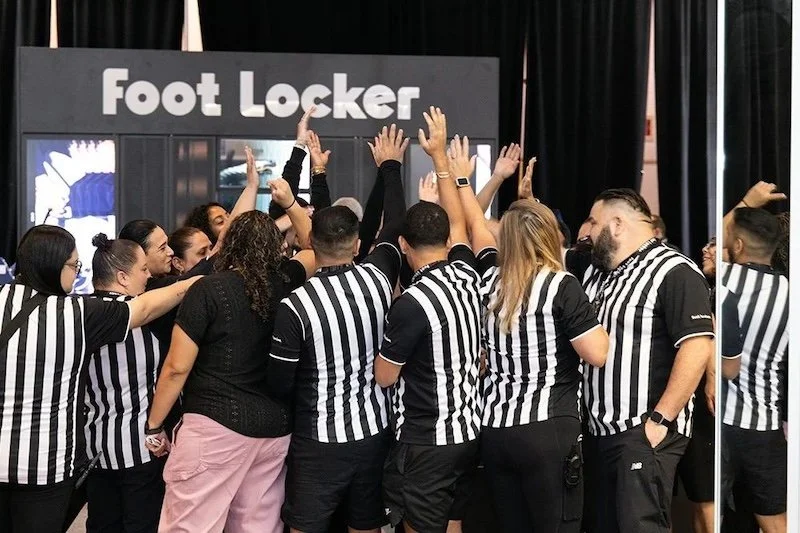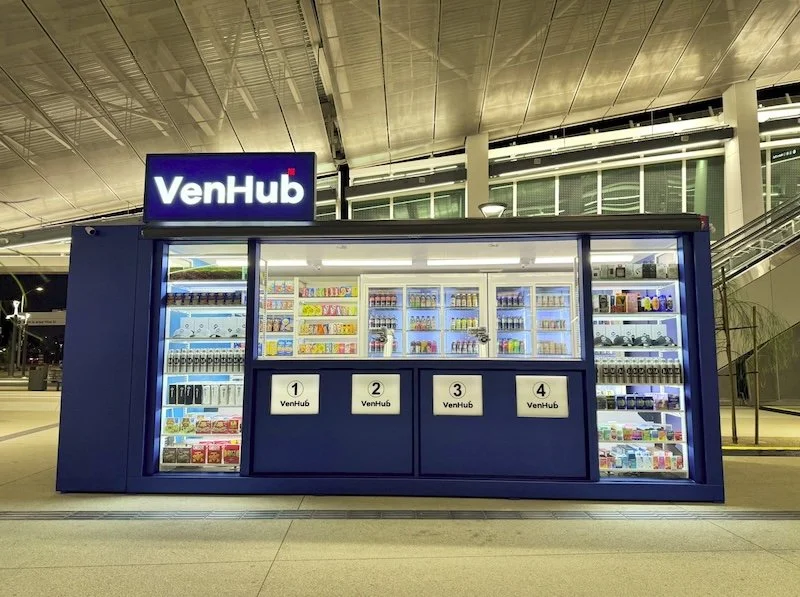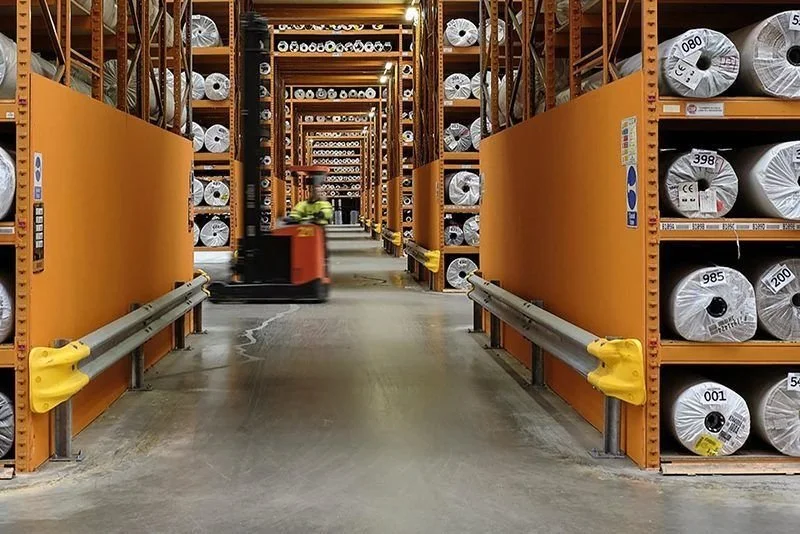Wiliot’s Ohad Perry: food retailers can stem lost profits from waste with Ambient IoT technology
Almost a third of global food produce goes to waste. Temperature and humidity deviation, theft, expiry, damage, and returns sees valuable stock going to landfill instead of consumers, while retailers literally burn through their profits. At a time of intense cost pressures and the global sustainability effort to do more with less, it’s vital that retailers and their supply chains can address this mountain of waste, says Ohad Perry, VP Digital Supply Chain, Wiliot.
The bulk of this waste comes from one link in the supply chain not communicating effectively with the next. But innovative new technology is emerging that can solve this problem.
Known as ‘Ambient IoT’, this approach tags every item, container, and package with tiny cloud connected sensors.
Ambient IoT gives all parties a transparent view of the supply chain from farm to fridge to fork, allowing for real-time inventory management, visibility, and tracking where no produce is unaccounted for.
How IoT has made food supply chains “smart”
IoT (Internet of Things) connects physical objects and equipment to networks for data sharing, remote access, and automation.
Day to day, we encounter IoT in smart thermostats or doorbell cameras but, behind the scenes, IoT’s deployment in supply chains is quietly changing the world, promising greater stability, reliability, and scale after years of consecutive shocks.
Food production, distribution, and retail is already benefiting from these new, IoT-powered, “smart” supply chains. IoT devices can be found monitoring storage temperatures, tracking containers, and automating warehouse and storefront functions.
The next evolution is item-level monitoring using tiny, mass-producible IoT sensors installed directly into packaging — or just about anything else — which is where ambient IoT comes in.
Ambient IoT is “ambient” because it is everywhere yet invisible, providing those who use it with a truly omnipresent and omniscient view of all stock and its status anywhere in the world.
By connecting Ambient IoT sensors to AI powered cloud platforms, trillions of data points can be processed for real-time analytics and predictive modelling, allowing for immediate response to potential causes of food waste and prevention of future waste occurring.
This complete merging of the physical and digital worlds has only recently become a possibility, thanks to breakthroughs in battery free technology.
The battery free breakthrough behind Ambient IoT
Batteries have been a significant barrier to widespread IoT adoption in supply chains.
For one, batteries are expensive and require manual maintenance that undermines the frictionless experience that IoT is supposed to provide, and presents a cost and logistical impossibility if devices were deployed in their millions - as they need to be for large scale, item level Ambient IoT.
Then there is the finite lifespan of batteries, resulting in gaps in data when a battery expires, which could allow wastage to slip through the cracks. Expired batteries would also complicate critical compliance procedures in food safety, as vital data may not be available when needed, often with very tight turnarounds.
Beyond the logistical hurdles of batteries, they also pose a significant safety risk.
Damage and decay can result in toxic metals being released from batteries, posing an immediate danger to staff in contact with equipment, along with longer-term risks to human health and ecosystems should these metals contaminate the environment.
Such a risk of contamination makes battery powered IoT inappropriate for food handling situations.
But recent breakthroughs in battery-free technology finally makes large-scale IoT deployment both feasible and safe. Radio frequency harvesting systems capture and convert electromagnetic energy into direct current — in other words, they change radio waves into power.
Unless it suffers direct damage, a battery free IoT compute device powered by such technology will run continuously, eliminating data loss and reducing maintenance overheads.
Battery free IoT provides the “set and forget” simplicity needed for large scale Ambient IoT, while the falling manufacturing costs of IoT sensors - already cents per unit - enables the cost-effective item-level tracking and monitoring needed to eliminate the causes of food waste.
The massive impact of tiny computers
Now that we’ve covered how Ambient IoT works, let’s look at some of its use cases in food supply chains and how it can reduce waste:
Freshness monitoring: Smart packaging with Ambient IoT sensors can track the freshness of perishable goods. By measuring temperature or humidity, deviations from optimal conditions can trigger immediate alerts to prevent bacteria growth and spoilage.
Supply chain visibility: Unique item level IDs enable real-time tracking of goods. This visibility allows for better coordination, reducing delays, and ensuring products reach their destination on time.
Predictive analytics: Machine learning algorithms can analyse data from IoT sensors to predict potential issues in the supply chain or storage conditions. This proactive approach helps in taking preventive measures before significant spoilage occurs.
Dynamic routing: IoT data can be used to implement dynamic routing based on demand signals or product conditions, such as redirecting goods to a closer outlet if it is nearing its expiry date.
Reducing overstock: Ambient IoT enhances inventory management by providing accurate, real-time data. This prevents overstocking, which can lead to products going unsold and eventually being wasted.
No more nil picks: Grocery supply chains were designed before we all learned to order online and pick up in-store or request home delivery. One tenth of online orders routinely fail because of a mismatch between what is theoretically in stock and reality.
These "nil-picks" are what happens when a product isn't in the right place for it to be picked by a delivery service or when a customer has Bought Online to Pick-up In-Store (BOPIS).
When every case of product is continuously pushing out its indoor location without any of the errors manual scanning is prone to, such mistakes can be eliminated. Every day the product is left unseen in the wrong place and can't be sold, is a day off of its shelf life, and a step towards the land fill.
Just one of the above would have a significant impact on reducing food waste, but all of them together brings the very real possibility that widespread waste will soon be a thing of the past.
This means a third more of food produced will reach consumers, improving food availability, boosting retailer margins, and securing a safer and more sustainable future.
















Continue reading…